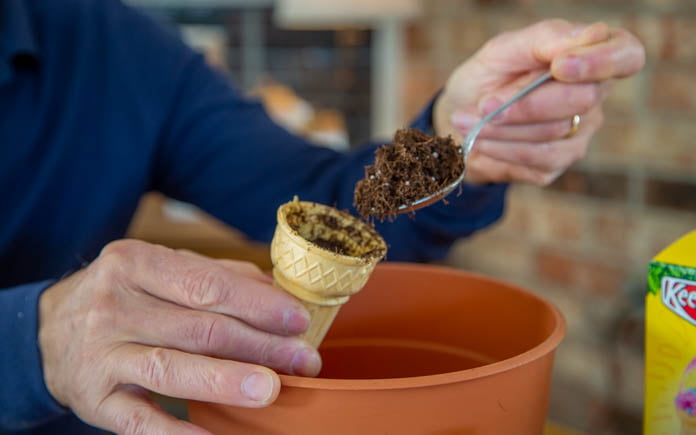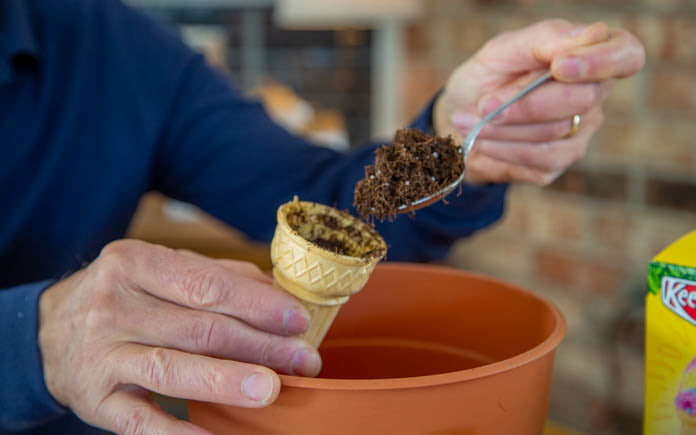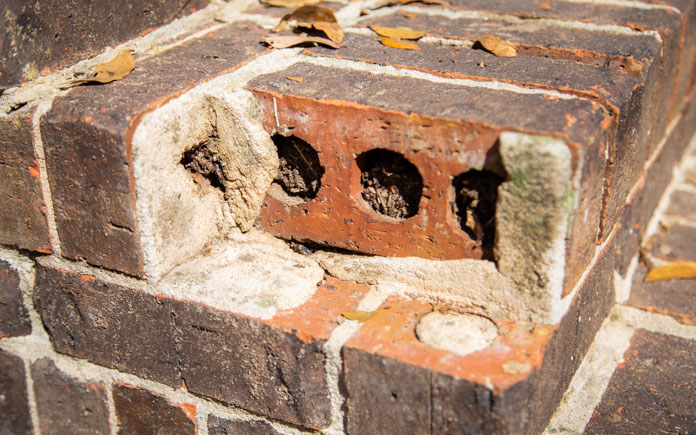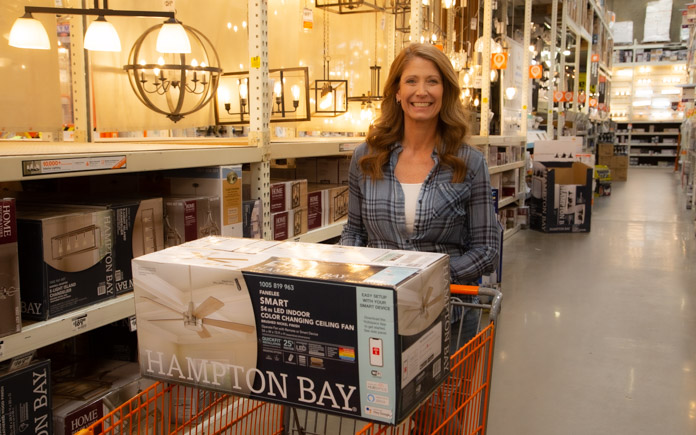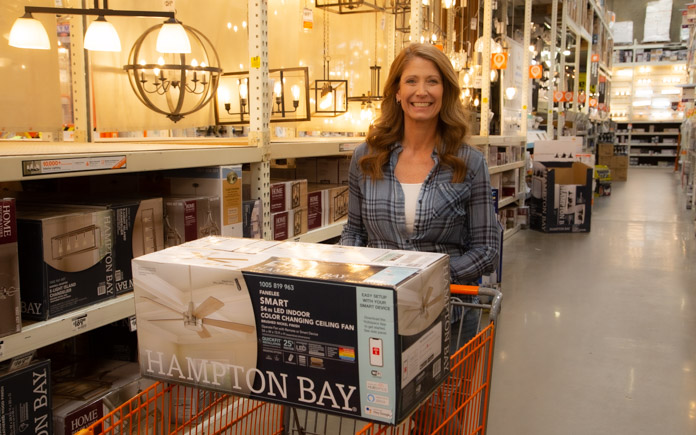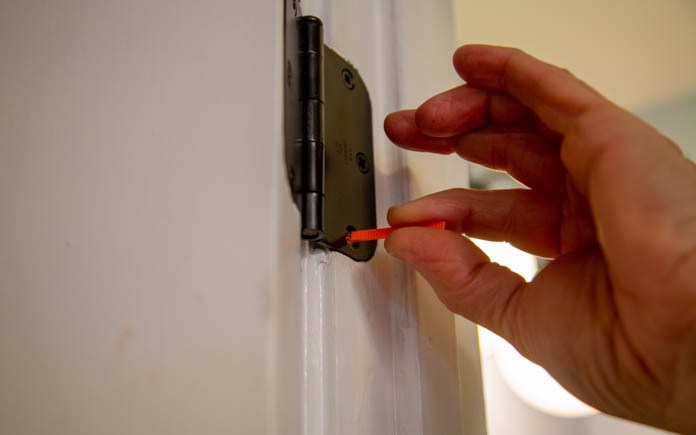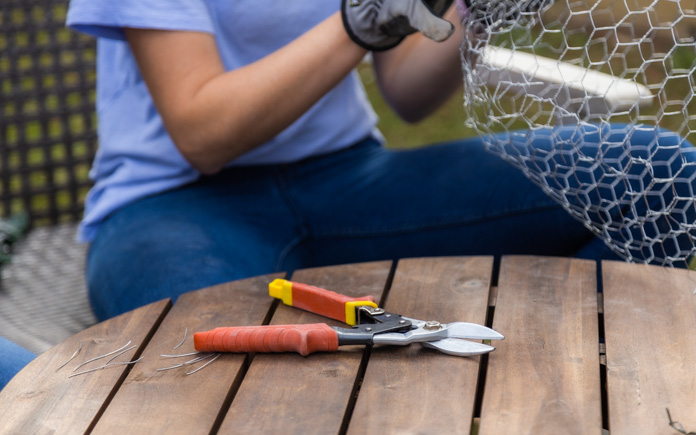DIY Seed Starter Made of Ice Cream Cones
Seed starting kits are available for purchase, but why not make starting your summer vegetable garden a fun family activity? Starting seeds indoors is less expensive than buying mature plants. Plus, you can grow as many varieties as you’d like. It also gives you maximum control over growing conditions and planting time. Ice cream cones … Read more

